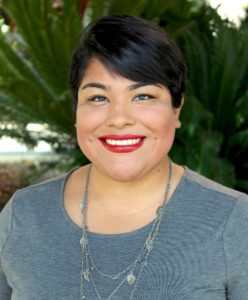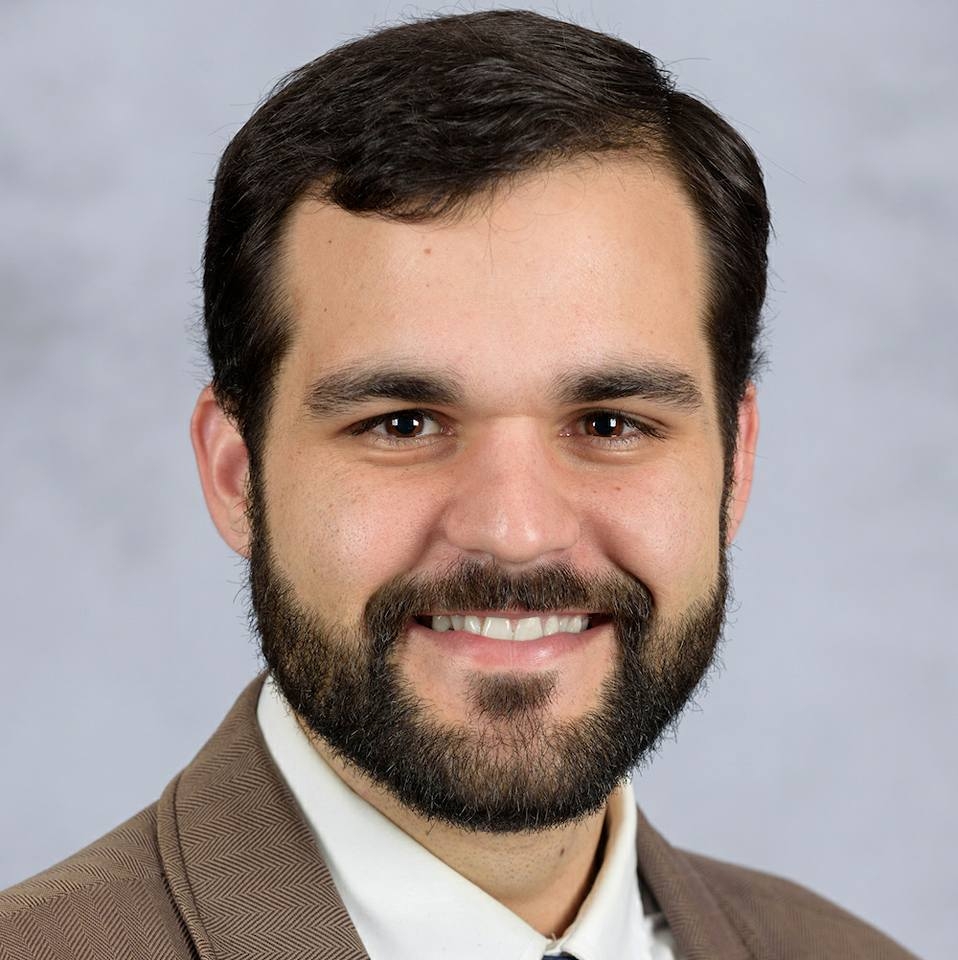Author – Rosa Cándida Ramírez is the Worship Pastor of La Fuente Ministries, an intercultural, intergenerational bilingual ministry in Pasadena, California.
The following are lessons that I have learned while leading bilingual worship.
1. Give up the idea of comfort.

Leading worship bilingually is hard. It takes a LOT of work to plan worship services that reflect one culture, let alone two. Doing this work has required that I give up what makes me comfortable. Sometimes, it means that for the sake of including the narratives and worship expressions of my sisters and brothers, prepping for service might take me twice as long. It also means that as a worship leader, I must also be twice as prepared in leading the worship team/choir/ensemble in understanding the “ins and outs” of a bilingual service, as they themselves can be in the midst of an unfamiliar terrain.
I remember leading a rehearsal, and after we wrapped up one song, my guitarist stopped, looked up at me and simply said “Bilingual worship is hard.” I smiled and chuckled. “Yes, it is,” I replied. It was in that moment that although we were both committed to the work, we both acknowledged and normalized how hard it was. It was also in that moment that I realized that I had not prepped my team ahead of time to think through the dynamics of leading in bilingual worship because I didn’t anticipate how hard it was going to be. I learned that for my team it was necessary for me to acknowledge and normalize the complexities that they trusted me to lead them through. For if the team was struggling, how much more would the congregation struggle?
2. Experiment
There is no “one way” to lead bilingual worship. If anything, experiment. See what works for your congregation.

At my church, it took us quite a while to figure out the balance required for us to faithfully worship bilingually. Worship today looks completely different than it did four years ago. In 2014, lyrics to any given song were only projected in one language, whereas now lyrics are projected in two languages so that all can understand and follow along with the song. As a creative person, I didn’t realize how much my enthusiasm got in the way of my being pastoral on Sunday mornings when I would introduce a new song that at least half the congregation wasn’t familiar with. Instead of saying or thinking “Oh, the rest of the congregation will eventually get it,” I began to take note of what language the congregation was more comfortable in singing out loud, and what rhythms people were actually able to follow along with a clap. I also began to ask myself the following questions: Who is excluded when we sing songs that are completely in English? Who is excluded when we sing songs that are completely in Spanish? How will I introduce a particular rhythm or melody line that no one is familiar with? What words do I need to introduce to the congregation before we sing a song so that they aren’t stumbling through the words?
My guitarist stopped, looked up at me and simply said, ‘Bilingual worship is hard.’
3. Listen intently.
In singing songs that come from other cultures, you (and your congregation or community) are embodying a way in which worship is lived out from a particular language and/or culture. Before leading bilingually, I needed to both learn and then model what it meant for me to live an intercultural life; to sit and listen to my sisters and brothers, and sit in between the tension of two different languages that have different cultural values and understandings of God.
Remember that singing songs in a different language or from a different culture means that you cannot limit your interaction with said language or culture to the four minutes that you sing through the song. If a song originates from a particular country, make friends or partner with people from said country, be an informed worship leader/pastor/director, read about what is happening in the country and have your congregation learn, pray and connect with what the people from that country are going through. I encourage you to go further and look around in your neighborhoods and begin to listen intently to the realities and tensions that our brothers and sisters from different cultures are experiencing in our own backyards?
During this season of Lent, partner and have conversations. Take note and ask what grief, lament and the season of Lent means in the two languages that you are trying to bring together. Singing and worshipping God in different languages is powerful, but as the saying goes, “with great power comes great responsibility.” As a worship leader/pastor/director, make sure to enhance your toolkit by reading books like “The Next Worship: Glorifying God in a Diverse World,” by Sandra Maria Van Opstal, and “Churches, Cultures and Leadership: A Practical Theology of Congregations and Ethnicities” by Dr. Mark Branson and Dr. Juan F. Martinez.
All in all, leading worship amidst two cultures, languages and traditions allows the body of Christ to experience different expressions of God. Thanks be to God for the gift of diversity and the gift of bilingualism.

Blog Author – Rosa Cándida Ramírez






